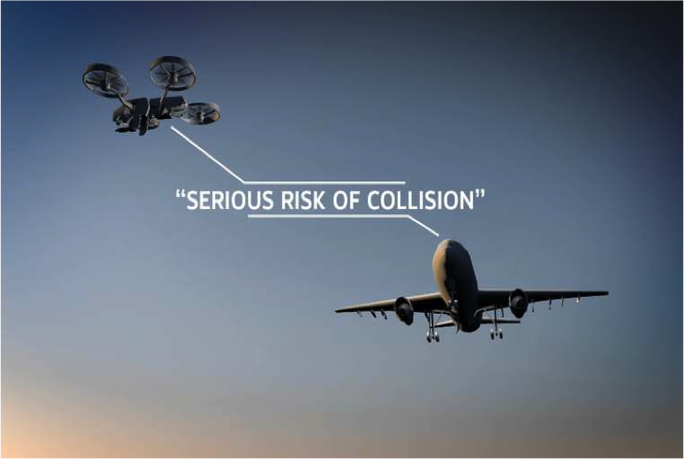Drone-ing Out Planes
Drones are a major concern for commercial pilots. When drones are active, there is a wide risk of the device being pulled into the airplane’s engines. It has been said that drones can cause more damage in flight conditions in comparison to birds.
January 25, 2016
According to recent online statistics, commercial airplanes are being outnumbered by drones 10:1. Roughly 120,000 drones are being produced each year while only 700 commercial airplanes are made. This is a triggering concern for those who travel, as drones possess attachments that could allegedly be harmful to both pilots and passengers.
Patrick Smith, author of “Cockpit Confidential” retorted, “you’ve got cheap and powerful gadgets coming into the hands of reckless people who don’t understand the risk.” Most drones are packed with accessories such as light beams, or a strong laser that could potentially cause blindness if the user is not careful. Those who buy drones often use the gadget for simply a past time and disregard the safety precautions needed when operating the device.
As for means of travel, these drones can reach the height of up to 5,000 ft. which is high enough to be able to interfere with a low-flying airplane. Small drones can be found for about twenty dollars on Amazon, and is accessible to be purchased by anybody. The pilots from JFK reported to an online source that “about 50 drones have been spotted this year on the way to Kennedy and La Guardia airports”.
Aside from toy drones, private U.S. sources such as the Pentagon are in possession of the more professional types of drones which are usually intended to be used for crucial purposes. An online source declared the Pentagon’s desire to increase the uses for their drones for around 90 various missions each day. While most of these missions are intended to save the public, the rest are purposed to kill criminal individuals; which could potentially be of danger to those flying commercial.
As the production of drones increase, more and more people will think of ways to make them more entertaining. YouTuber, Hogwit, recently uploaded a video of his homemade, revamped drone to which he attached a flame thrower to- and then proceeded to use it to flame-grill a turkey in the middle of a forest. While it’s amusing for the person operating the device, they often don’t realize the consequences they would have to face if trouble occurred.






